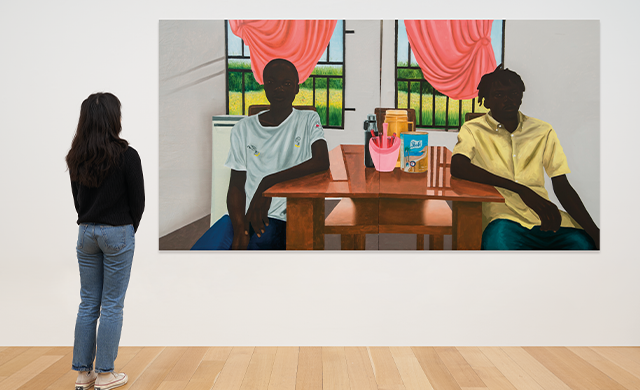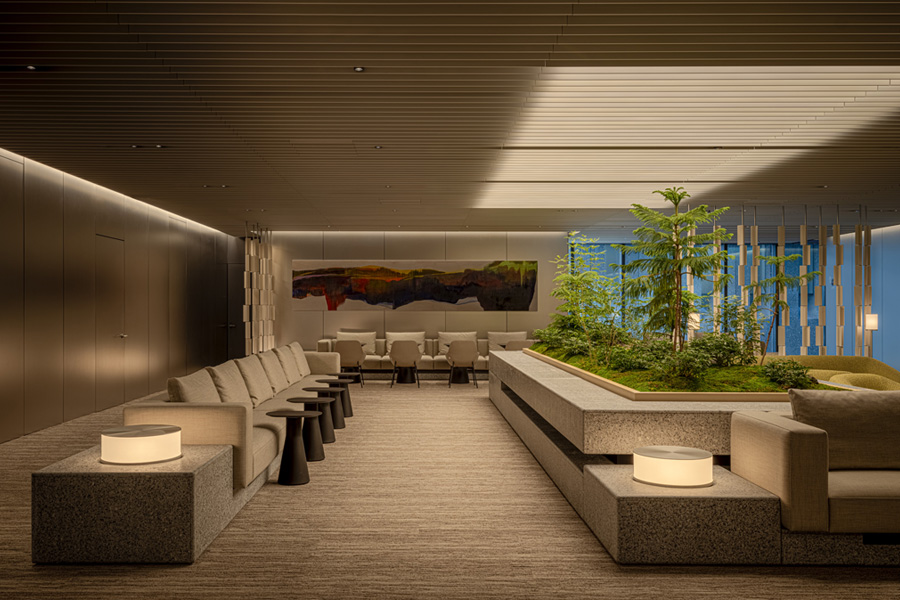Gómez Platero creates a large-scale monument to pay tribute to the victims of COVID-19, hotel guests are becoming more open to contactless technology, and industry leaders weigh in on building a more inclusive environment. All this and more in this week’s Five on Friday.
World’s first COVID-19 memorial set to debut in Uruguay

The first large-scale memorial honoring victims of the coronavirus pandemic has been designed by urban design and architecture firm Gómez Platero, reports ArchDaily. The proposed circular monument, made of Corten steel and concrete, will be located in Uruguay near the ocean and accessible via a long pedestrian walkway. “By creating a memorial capable of activating senses and memories in this way, we can remind our visitors—as the pandemic has—that we as human beings are subordinate to nature and not the other way around,” director and lead architect Martín Gómez Platero says. Once a site is determined by the Uruguayan government, it is estimated that the memorial will take six months to complete.
Christie’s implements new terms for buyers of Black artists’ work

With increased interest and light shone on the work of Black artists as of late, auction house Christie’s partnered with curator Destinee Ross-Sutton to put together the Say It Loud (I’m Black and Proud) online show, which ran from July 31st through August 18th, featuring pieces by 22 emerging and mid-career Black talents. According to Artnet, Ross-Sutton devised a set of conditions to ensure buyers wouldn’t flip the works for a profit. The signed contract states that buyers would not resell the work at auction for at least five years, and if they did want to sell, the artist would be given the right of first refusal. If the work was sold to someone else, the artist would receive 15 percent of the upside. “Many artists do not realize the power they have,” Ross-Sutton says. “We cannot only put the blame on these so-called ‘flippers’—artists have to be more discerning and so do galleries. If we enable this kind of behavior by not putting into place certain preventive measures, we have to take some of the blame.”
Airports reconsider their design amid COVID-19

With traffic at airports down and the terminal’s commercial retail spaces hurting just as bad, now is the time to reconsider the travel hubs’ design and layout. Experts, like Dr. Anthony Fauci, suggest that renovations and new construction should, first and foremost, focus on space, reports The New York Times. High efficiency particulate air filtration, the distribution of free masks, and onsite health screenings are important considerations, too. “Airports are difficult architecturally because they become outmoded quickly, so all the buildings we are working on today are about flexibility and more flexibility,” says Laura Ettelman, a managing partner at Skidmore, Owings and Merrill.
Desire for contactless technology continues to increase

According to new research commissioned by technology provider Criton, travelers have become more open to contactless technology in recent months. Eighty percent of hotel guests would download an app that would enable them to check in, check out, and access information about the hotel—a 10 percent increase compared to March—reports Hotel Management.
We may begin seeing far more automation and contactless tech pop up in airports, too, Skift predicts. Some private-run airports are already rolling out touchless kiosks and robots to disinfect, while others are still planning the best course of action. “In general, technologies that enable a more touch-free airport experience were underway pre-pandemic,” says Ian Law, chief information officer of San Francisco International airport, “but the pandemic has accelerated them.”
Leaders share their thoughts on building a more inclusive industry

In the August issue of HD, industry leaders—including Angie Lee of FXCollaborative, Damon Lawrence of Homage, Kia Weatherspoon of Determined by Design, and more—weigh in on what a more equitable hospitality industry will require. The piece, written by Alia Akkam, delves into some of the pledges to inclusivity that are already in place, as well as paths that would bring us closer to much-needed parity. “Representing a successful vision of a design career ideally happens in school, and the earlier the better,” Lee says.



